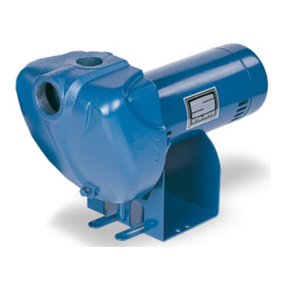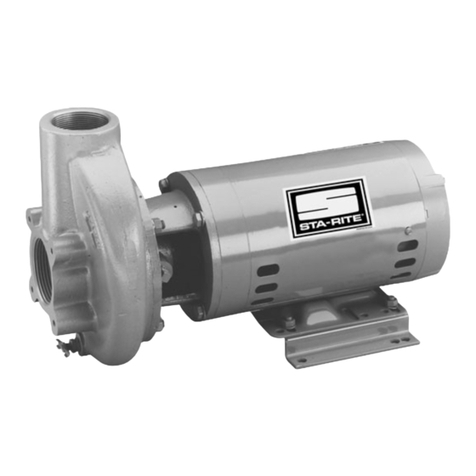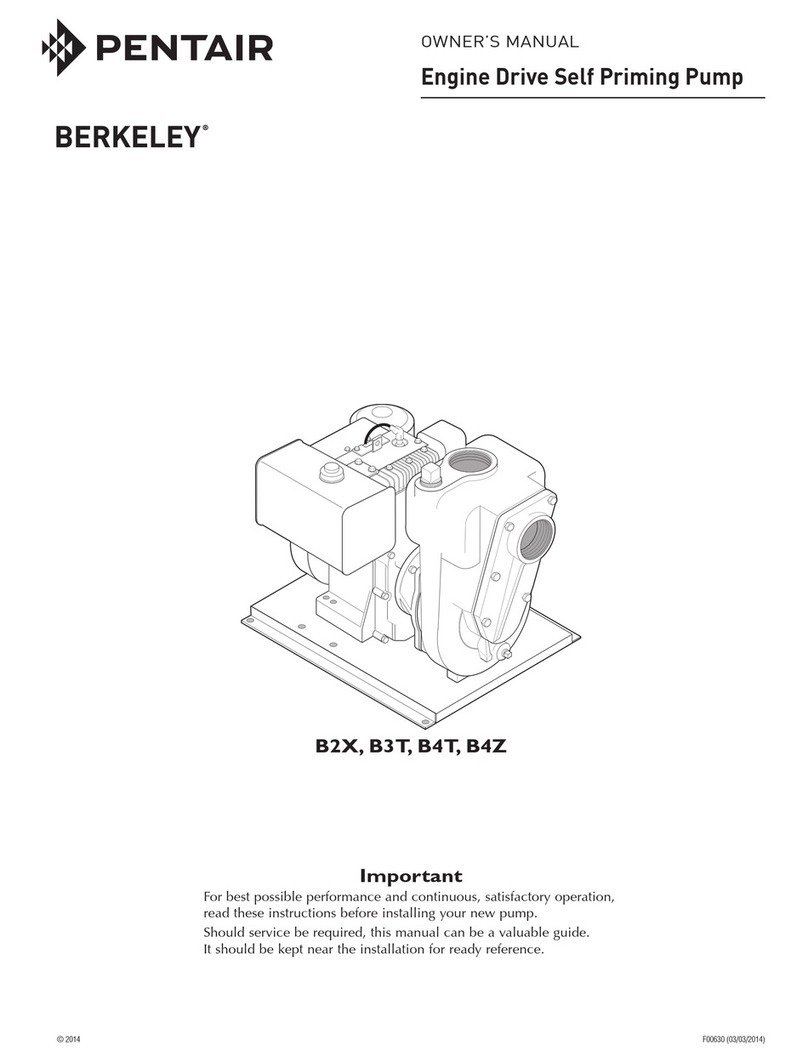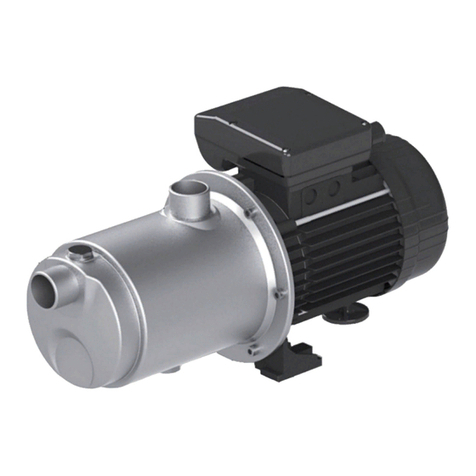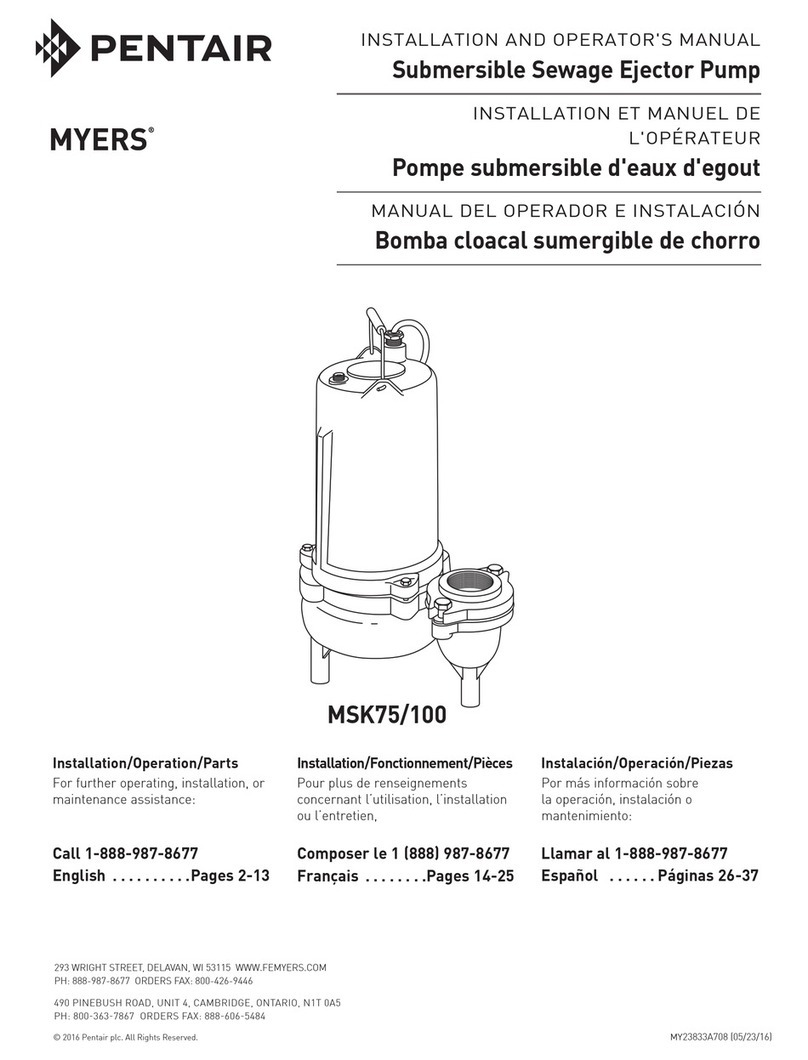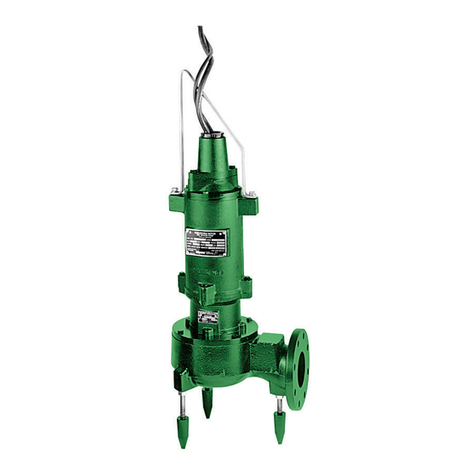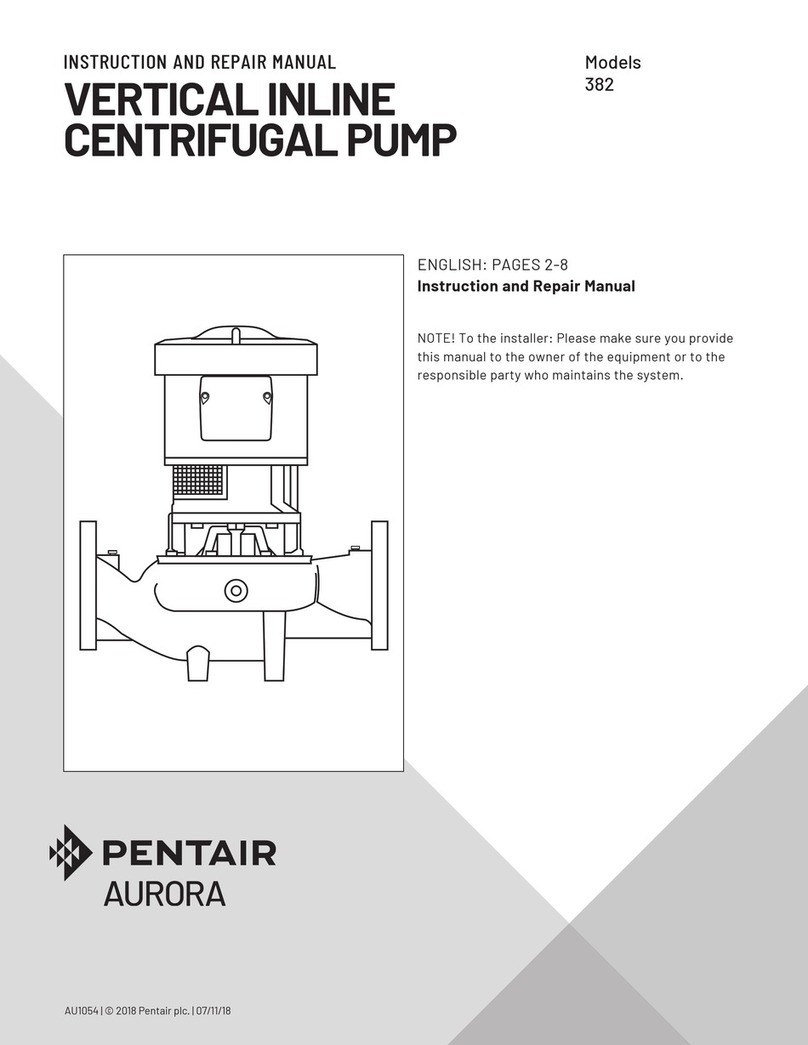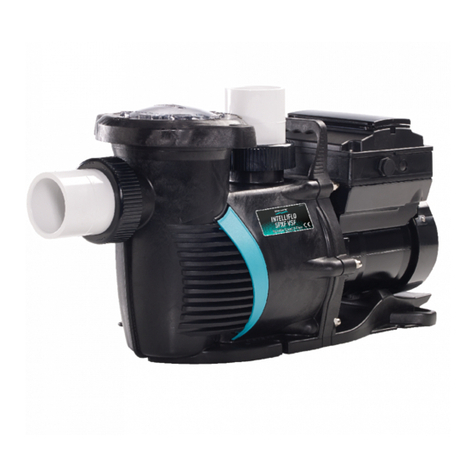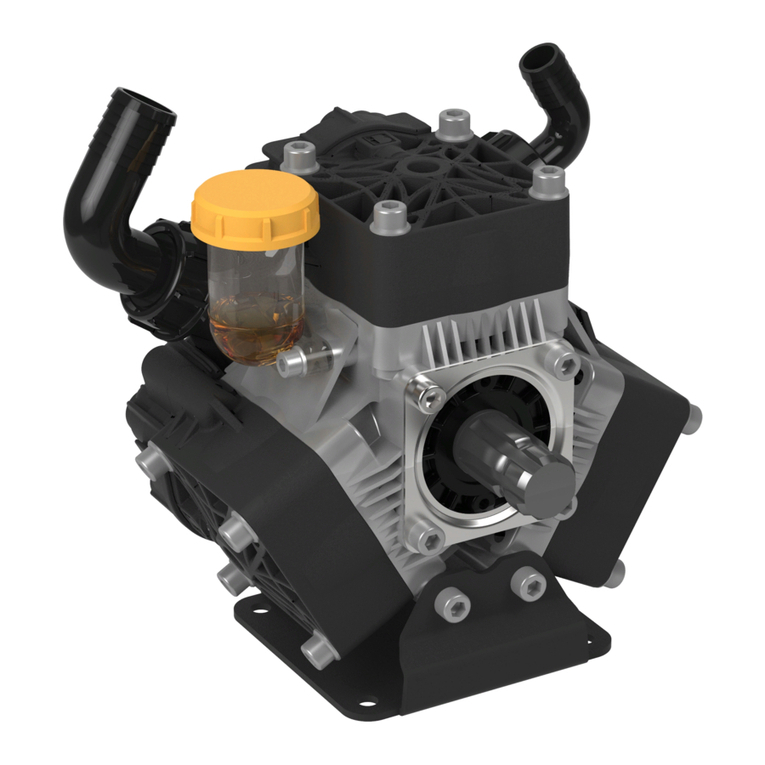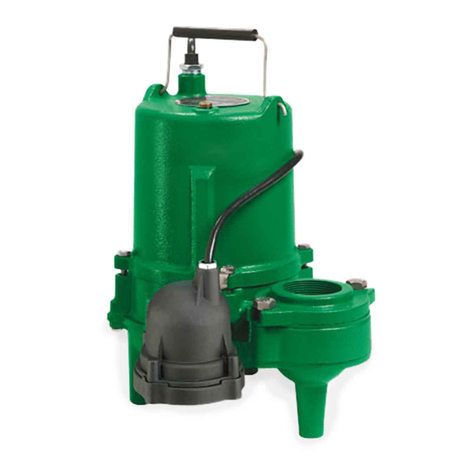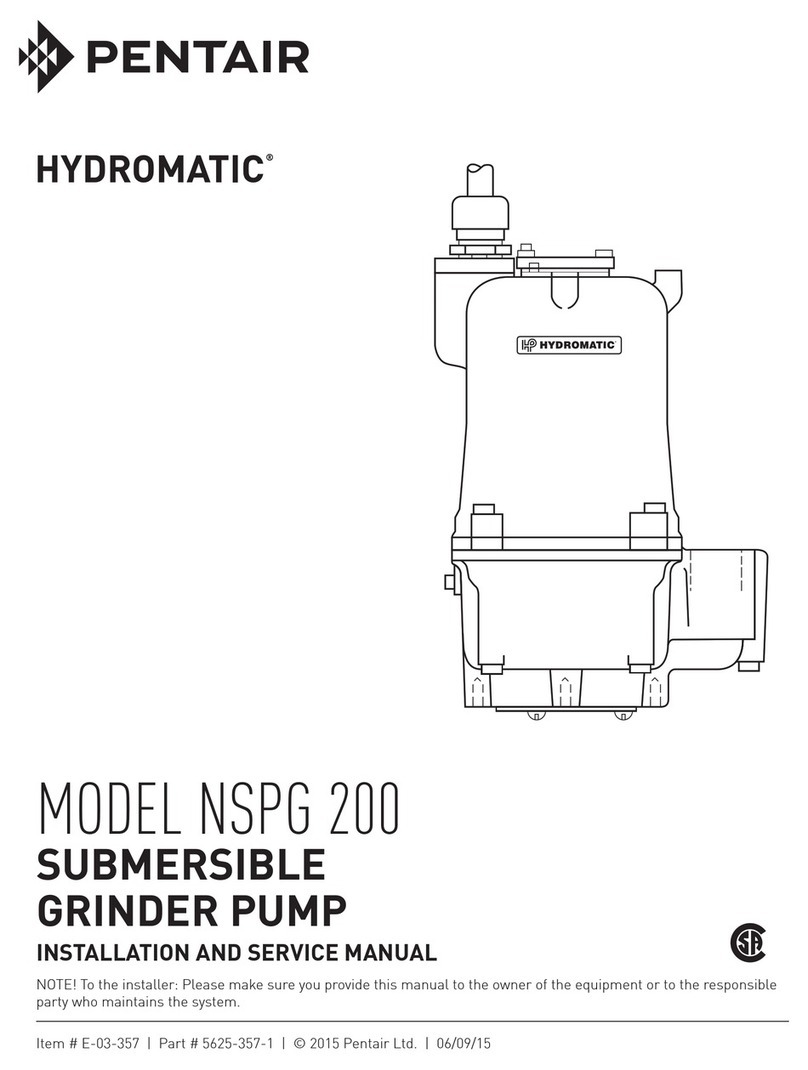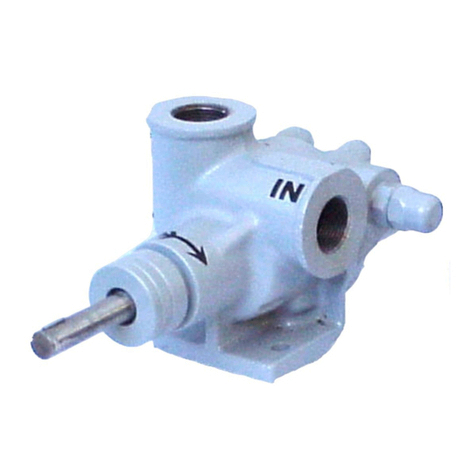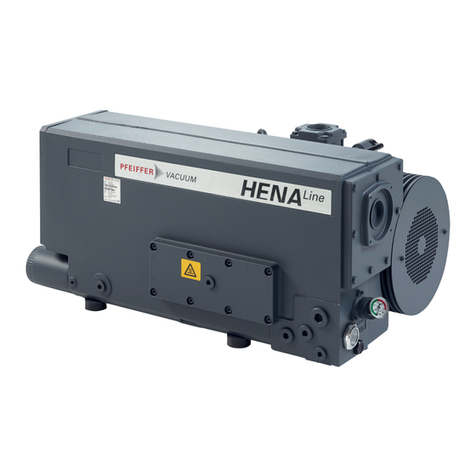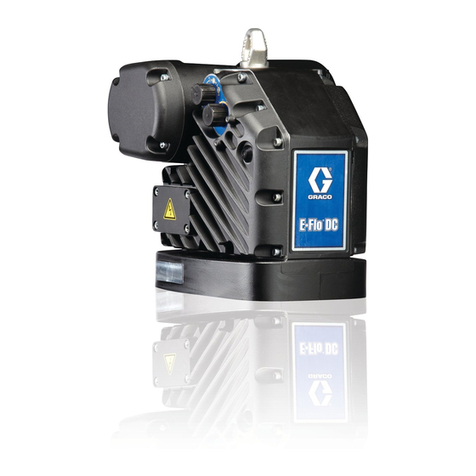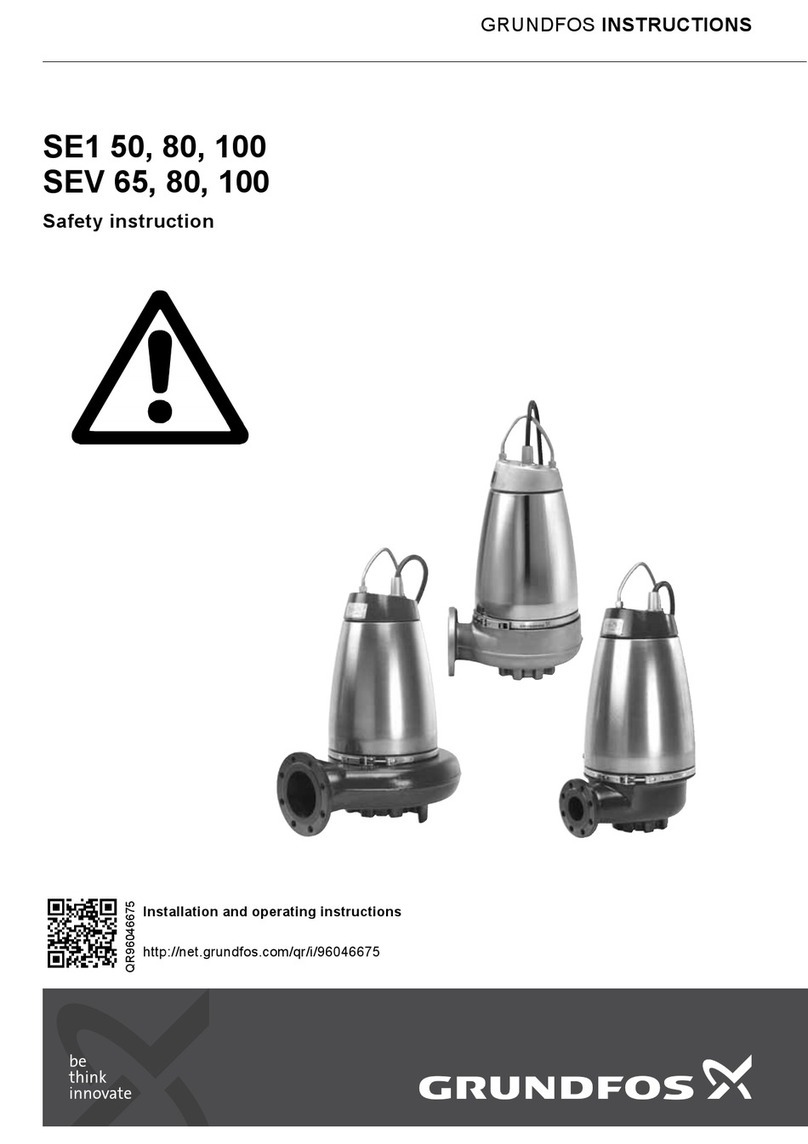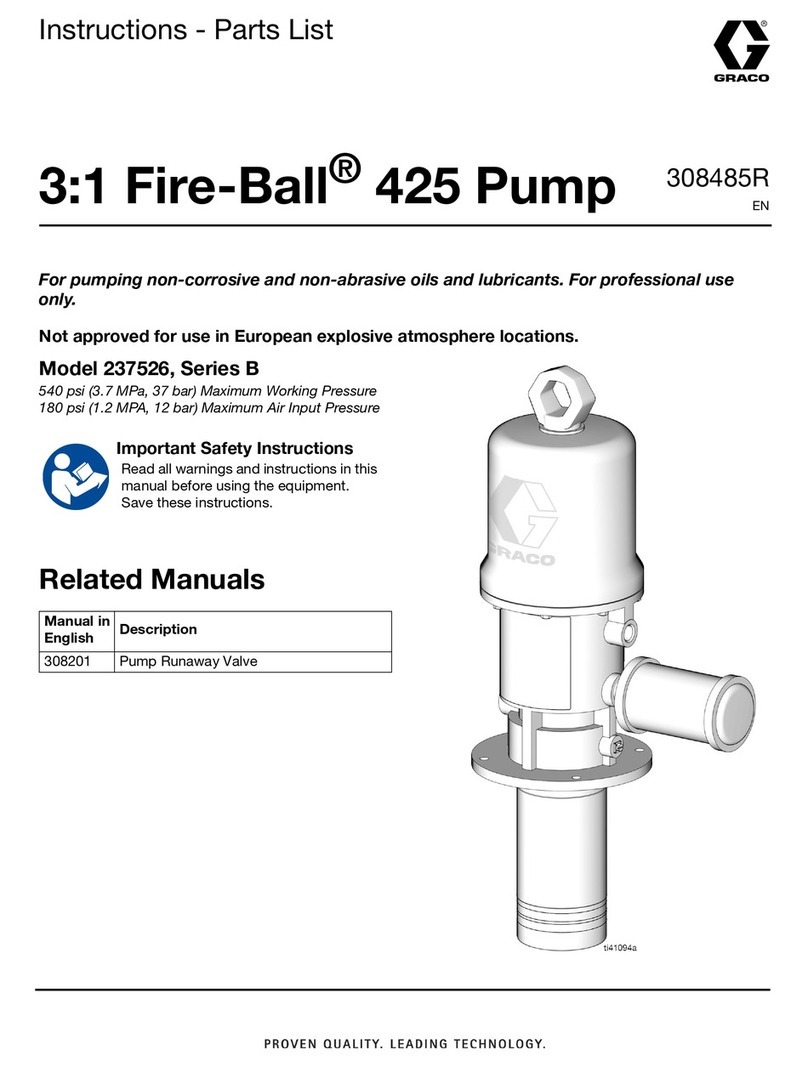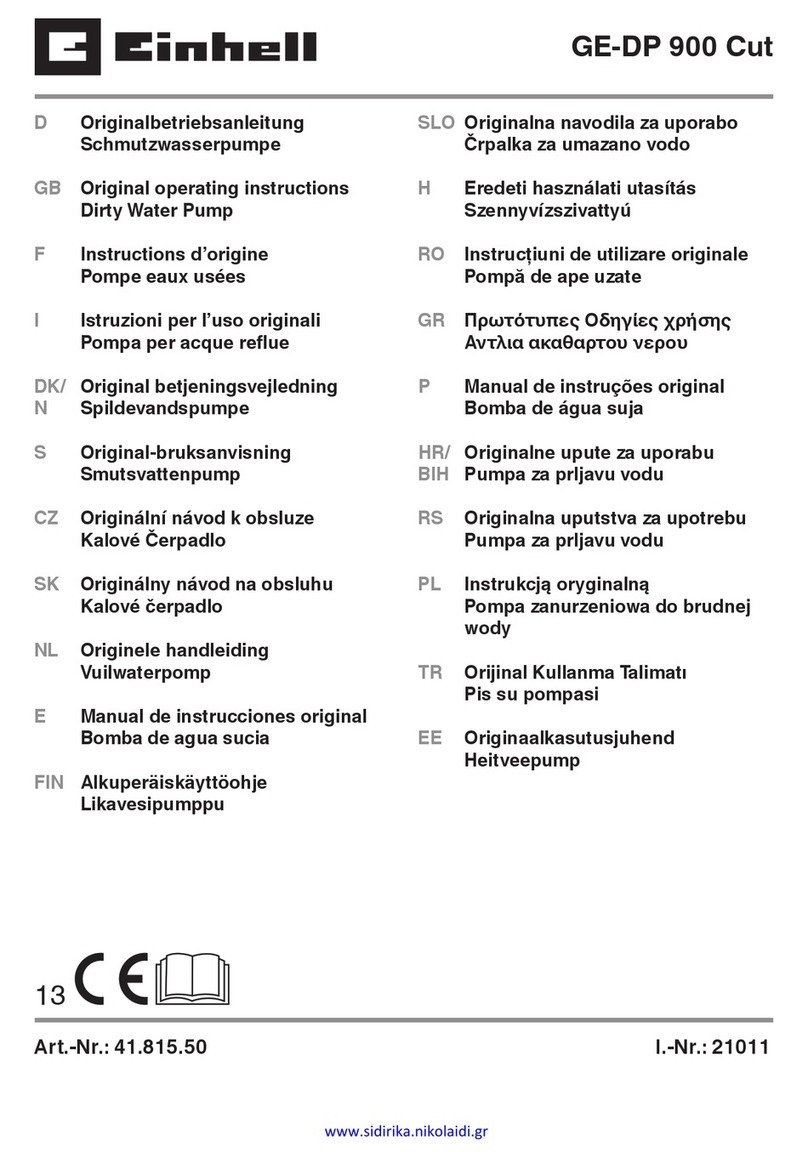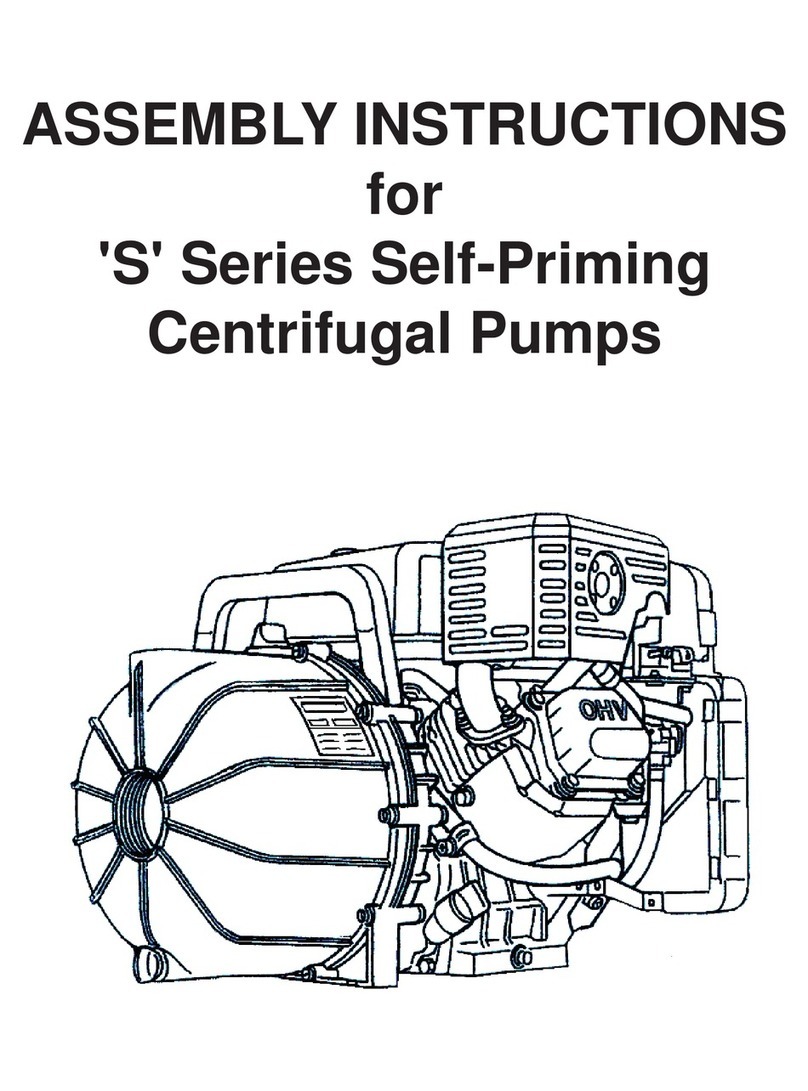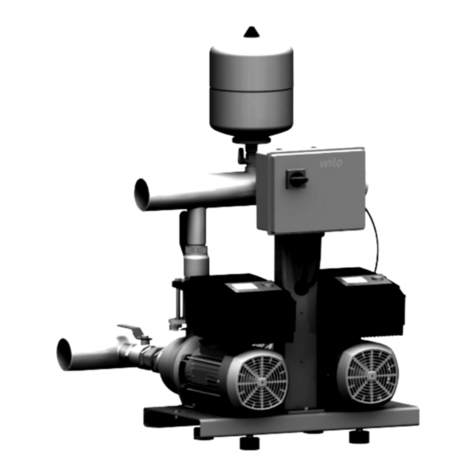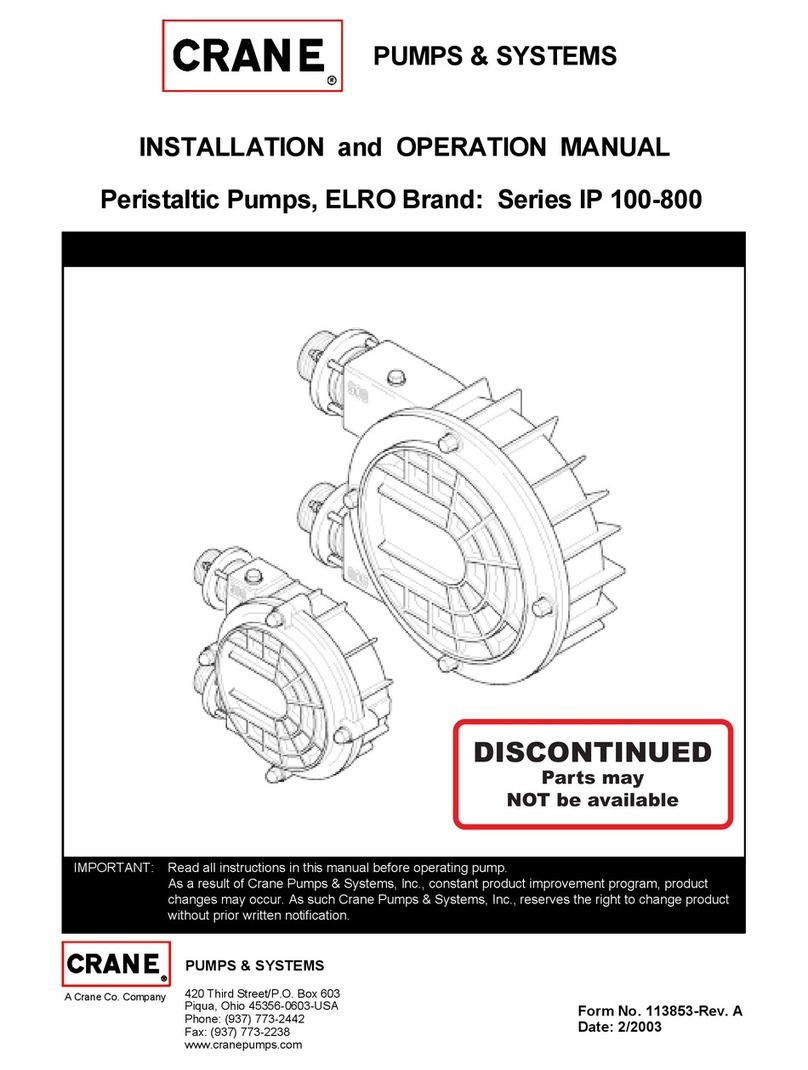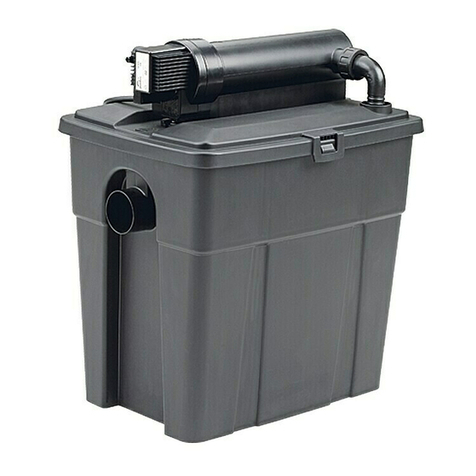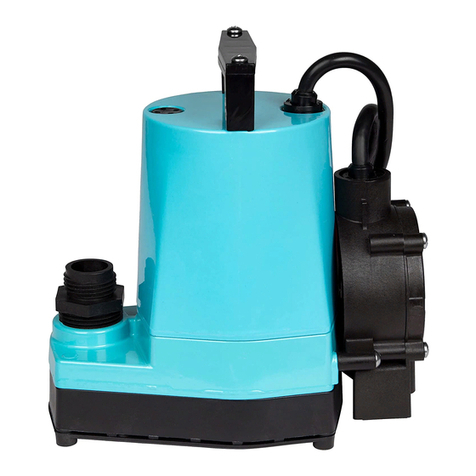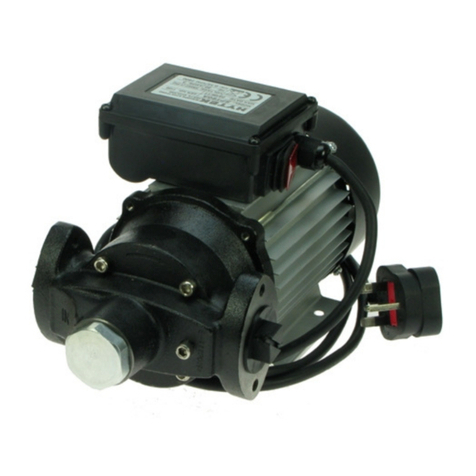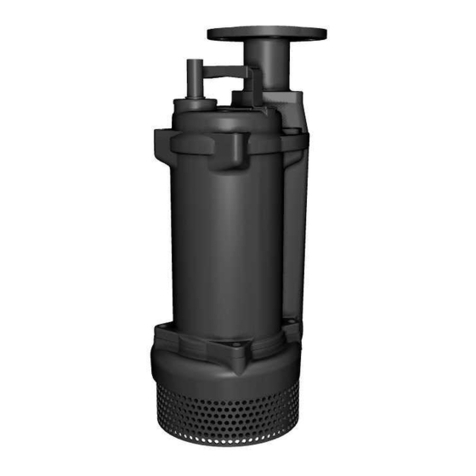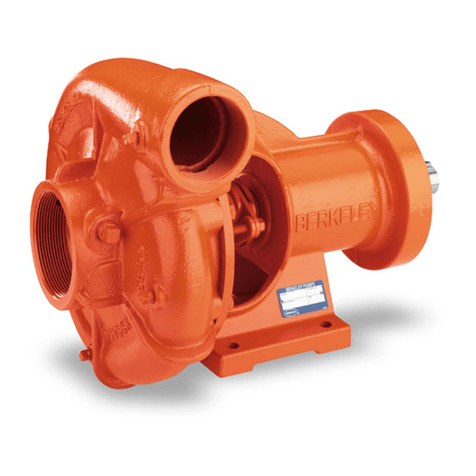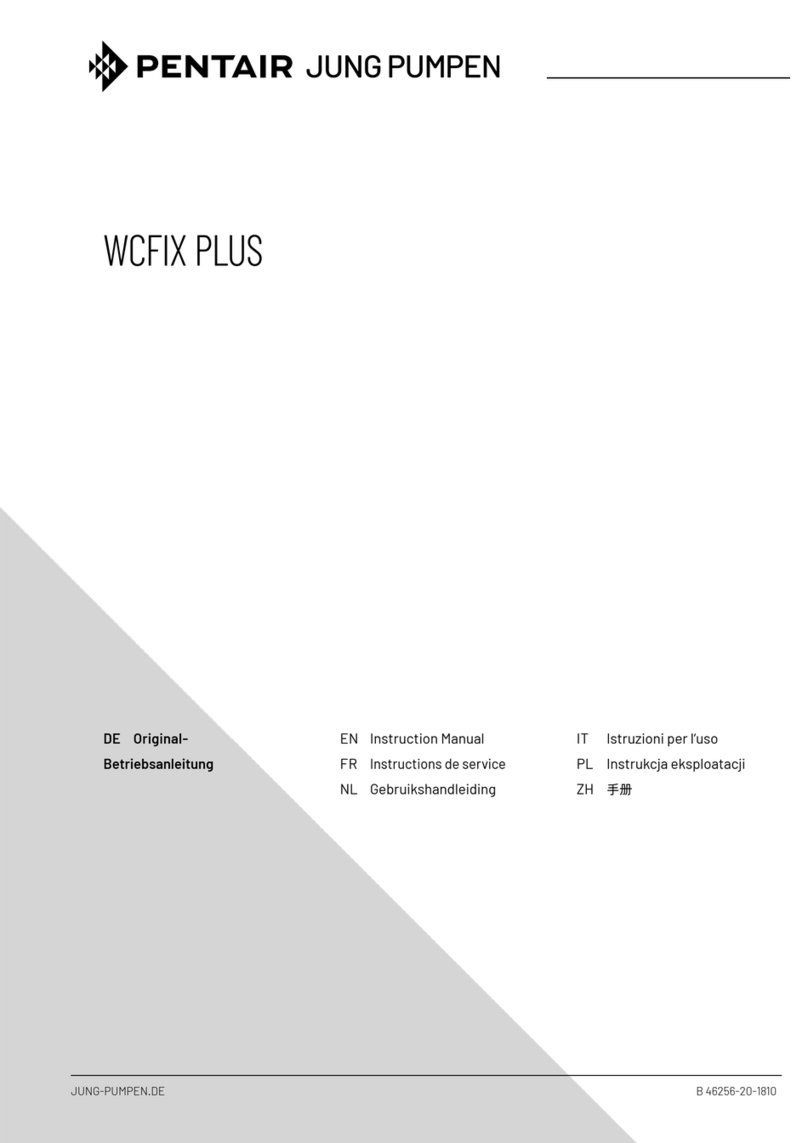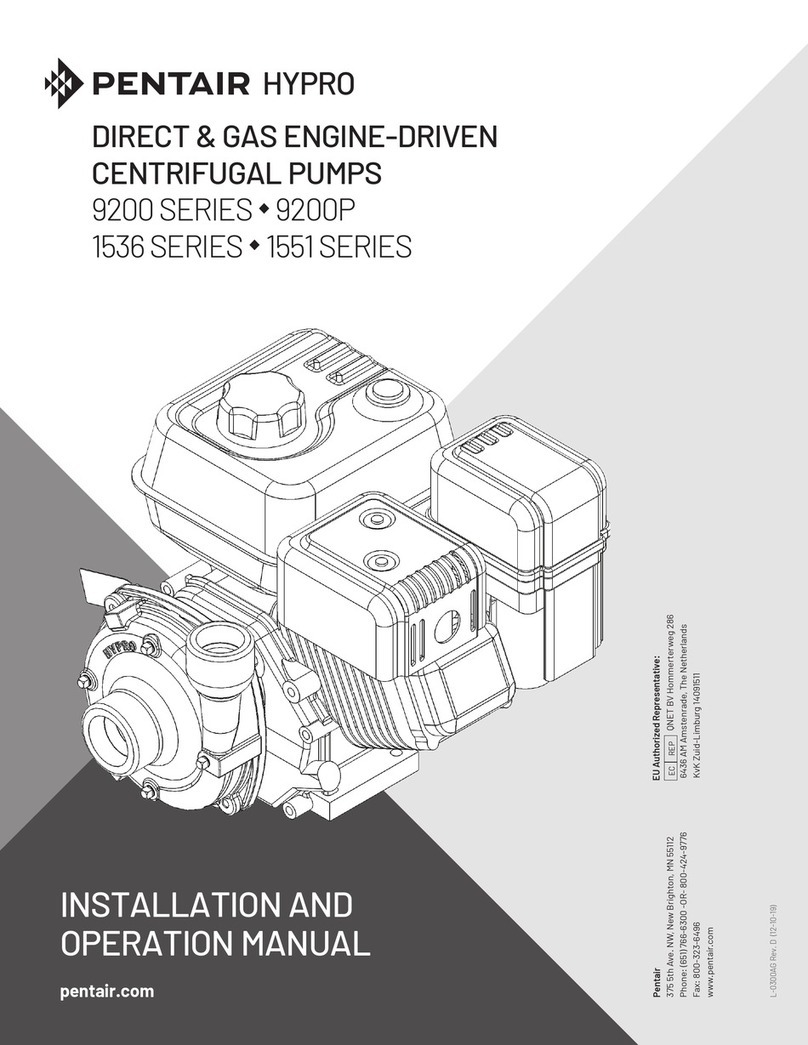
11
suction line has a block valve at the supply tank, a
suitable relief valve is suggested to relieve the suction
piping from any possible dangerous overpressure from
the discharge piping system.
Suction piping is often large, heavy (especially when
filled with liquid), and tends to vibrate. Proper solid
supports are recommended. A suction hose located
near the pump will isolate these effects, protecting
the pump from the forces and moments that piping
weight creates.
New suction piping systems should be flushed free
of pipe scale, welding slag, and dirt before starting
the pump. Hydrostatic testing to detect air leaks is
advisable. Proper choice of suction hose construction is
essential to avoid collapse of the hose liner.
Install a dry type compound gauge in the suction
line near the pumps which should fluctuate evenly. If
violently pulsating, this gauge indicates that the
pump is not fully primed, or that one or more valves
are inoperative.
ACCELERATION HEAD
A characteristic of all reciprocating pumps is the
imperative need to consider the effects of acceleration
head which is a SYSTEM-related phenomenon.
Acceleration head may be considered to be the loss of
available hydraulic head (energy) in the piping system
occurring because the demand by the pump cylinders
for liquid is not smooth and even. Because the pump’s
demand for liquid is cyclical, the velocity of the liquid
in the entire suction system is not truly constant but
varies in response to the combined demand of the
reciprocating plungers. Thus, liquid in the suction
system is compelled to be accelerated and decelerated
several times during each crankshaft revolution,
depending on the number of plungers. Called
“acceleration” head, this loss of available hydraulic
head is proportional to:
(a) The speed (RPM) of the crankshaft
(b) The average liquid velocity in the piping
(c) The length of the suction piping
(d) The number of pumping chambers (triplex, etc.)
(e) The compressibility of the liquid
Thus, for a given pump, acceleration head effects may
be reduced by the use of the shortest possible suction
line, sized to reduce liquid velocity to a very low speed.
This is often more economical than the use of charge
pumps or expensive suction stabilizers.
NOTE: Charge pumps should be sized to 150% of rated
pump volume. Charge pumps need to be centrifugals,
not a positive displacement pump.
A charging pump is usually not a good substitute for a
short, direct, oversize suction line, nor is it a substitute
for the computation of available NPSH, acceleration
head, friction head, vapor pressure and submergence
effects duly considered. Required NPSHR of Myers
Aplex Series pumps depends on speed, choice of
plunger size and valve spring type. Consult Myers
Aplex Series Engineering for help with your particular
application. A full discussion of suction system losses
is given in the Standards of the Hydraulic Institute,
14th Edition.
A common design mistake is the connecting of two
(or more) reciprocating pumps to a COMMON suction
header. This is a profoundly complicated suction
system, largely not amenable to mathematical analysis,
and is frequently the cause of severe pump pounding,
vibration and early valve failures. Each pump should
be fed by its own separate, individual piping system,
free from the effects of other pump cyclical demands
for liquid.
DISCHARGE PIPING
A properly designed discharge piping system usually
prevents the need of a pulsation dampener. The most
common mistakes made in the design of the discharge
piping system are:
1. Pumping directly into a tee or header. A
“standing” wave (either audible or subaudible)
then often occurs. If flow must enter a header,
use a 45º branch lateral (or equivalent) to avoid a
reflecting surface from which sound can reflect.
2. Pumping into short radius 90º elbows. Instead,
use two 45º elbows spaced 10 or more pipe
diameters apart.
3. Pumping into a right angle choke valve.
4. Pumping into too small piping line size. Piping
should be sized to keep fluid velocity below
15 feet per second, max.
5. Pumping through an orifice plate, small venturi,
or reduced port “regular opening” valve.
6. Pumping through a quick closing valve, which can
cause hydraulic shock (water-hammer).
A good discharge piping system includes:
1. A properly sized, correctly set relief valve.
Discharge from relief valve returned to tank
(not to pump suction).
2. A full opening discharge gate or ball valve.
Avoid restricting plug valves, globe valves and
angle valves.
3. A pressure gauge with gauge dampener or
snubber. Consider a liquid filled gauge.
(Scale range to be double the normal pump
operating pressure.)
Locate the relief valve and pressure gauge ahead of
any block valve and so that the pressure in the pump




















